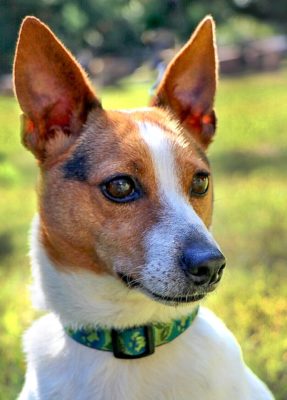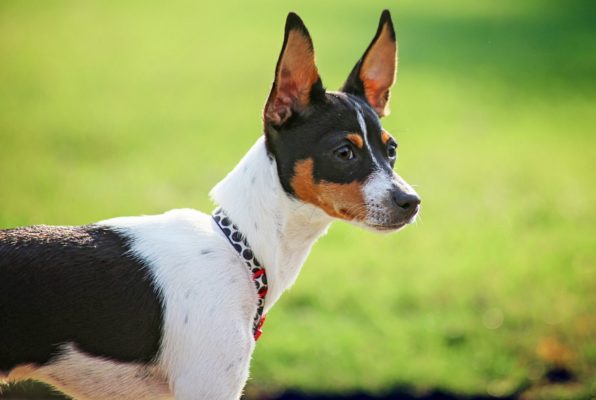Rat Terrier

Rat Terriers are fun and active dogs. They become family favorites, quickly bond with children, and love to entertain. Animals are devoted to the family. At the same time, they quickly adapt to new environments due to their small size. How pets will treat strangers depends on their upbringing. In general, they are calm but wary.
Table of Contents
Breed Information
| Another Name | American Rat Terrier, Ratting Terrier, Decker Giant |
| Origin | United States |
| Height | Males 35-58 cm Females 38-45 cm |
| Weight | 5-16 kg |
| Fur | Short |
| Color | White, black and white, tricolor, brown and white, reddish-white |
| Lifespan | 15-18 years |
| FCI Classification | Breeds outside the FCI classification |
| Group | Hunting dogs, guard dogs, dogs for kids, dogs for apartments |
| Price | From $200 to $500 |
Breed Photos
Origin History
The remains of a small animal were found on the Mary Rose in the English Channel. The ship sank in 1545. And the bones, as it turned out, belonged to a dog named Hatch, which had been catching rats on the flagship of Henry VIII’s fleet. Later, in the 19th century, rat-catching competitions became popular in Britain. Breeders actively began to breed dogs suitable for this function. Thanks to the skill, the pets became useful to people. But modern representatives of Rat Terriers are not like an ancestor named Hatch. The Rat Terriers we know were formed in the United States. They served the colonists and hunted mouse and small game. More importantly, because of their loud barking, they were living alarms. The breed was a mixture of the Whippet’s blood, the smooth-haired Fox Terrier, and the Manchester Terrier.
In the decades that followed, people continued to train dogs to hunt rats. Today, Rat Terriers are not adapted to such a function. They work in police forces, detect drugs, criminals, and weapons at customs. Due to their small size, the animal can crawl into hard-to-reach places. That is why they have become the best friends of American police officers. The exact opposite use of modern representatives is therapy. Dogs are used for psychological rehabilitation.
Appearance
Small in size, dogs are endowed with a large and strong build. Rat Terriers’ weight is conventionally divided into three categories:
- standard (up to 15 kg);
- medium (up to 5 kg);
- small (up to 3 kg).
The thorax is oval. Well curved ribs. Straight back with medium length. The shoulders are not massive. The head is long, and the muzzle is sharp. Bulging eyes. The ears are set straight, pointed-triangular shape. The bite is scissor-shaped. The nose is similar to the color or black.
The legs of Rat Terriers are straight with well-defined muscles and stiff pads. The hind limbs are turned outward. It promotes stability and helps to catch prey efficiently. The tail may be long or short. Most tails are trimmed.
The coat is short and tight to the body. Representatives of the breed with wavy hair are recognized. White, black-and-white, tricolor, brown-and-white, reddish-white colors are officially allowed.
Character
Rat Terriers are fun and active dogs. They become family favorites, quickly bond with children, and love to entertain. Animals are devoted to the family. At the same time, they quickly adapt to new environments due to their small size. How pets will treat strangers depends on their upbringing. In general, they are calm but wary.
Representatives of the breed are endowed with a sharp mind and intelligence. They learn commands on the fly and love to learn. Given its history of origin, the animal has hunting skills. If housed in a private home, the Rat Terrier will catch rats and small animals.
Care
The small size of the Rat Terrier makes it suitable for keeping in an apartment. It is not recommended to bathe the dog often. Practice bathing procedures only when necessary. But not more than twice a month. Comb the coat regularly to rid the pet of dead particles. To prevent dental infections, brush teeth and visit the veterinarian. After a walk, wipe dust and debris from the eyes with a damp cloth.
Training
His innate activity and learning ability should be channeled in the right direction. To keep him interested, make up new games from time to time. Uniformity in training will not work. Spend at least an hour or two a day outdoors. The terrier needs freedom. Otherwise, the animal will carry objects of the house interior. Congenital hunting instincts and a keen sense of smell are visible in training.
Common Diseases
The breed is not prone to disease. With poor care and inadequate diet, hip dysplasia, patella dislocation, and Legg-Calve-Perthes disease can occur. Allergies are possible.
Nutrition
Rat Terriers can be fed both natural food and food. Choose premium dry food according to the age and weight of the dog. But you should not treat your pet with food from the human table. Salty, sweet, spicy, and stringy foods are not suitable for dogs. Lean meat, cereals, vegetables, and dairy products should make up the bulk of the diet. But don’t overfeed your pet. Because of the animal’s innate need for activity, this can impair performance and well-being.
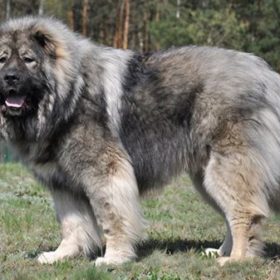 Caucasian Shepherd Dog
Caucasian Shepherd Dog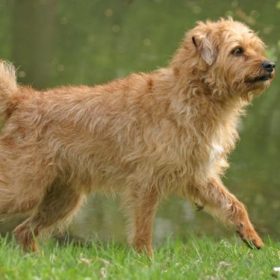 Dutch Smoushond
Dutch Smoushond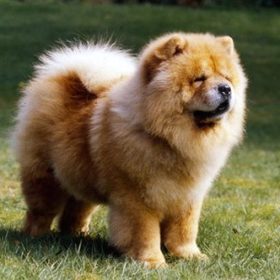 Chow Chow
Chow Chow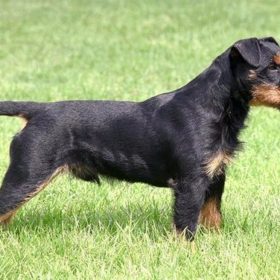 Jagdterrier
Jagdterrier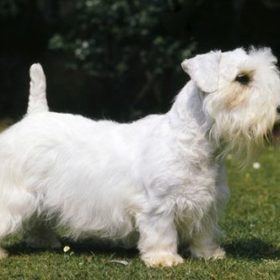 Sealyham Terrier
Sealyham Terrier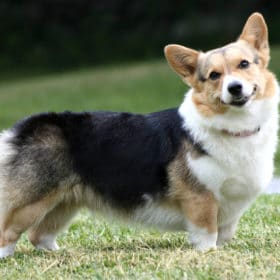 Cardigan Welsh Corgi
Cardigan Welsh Corgi